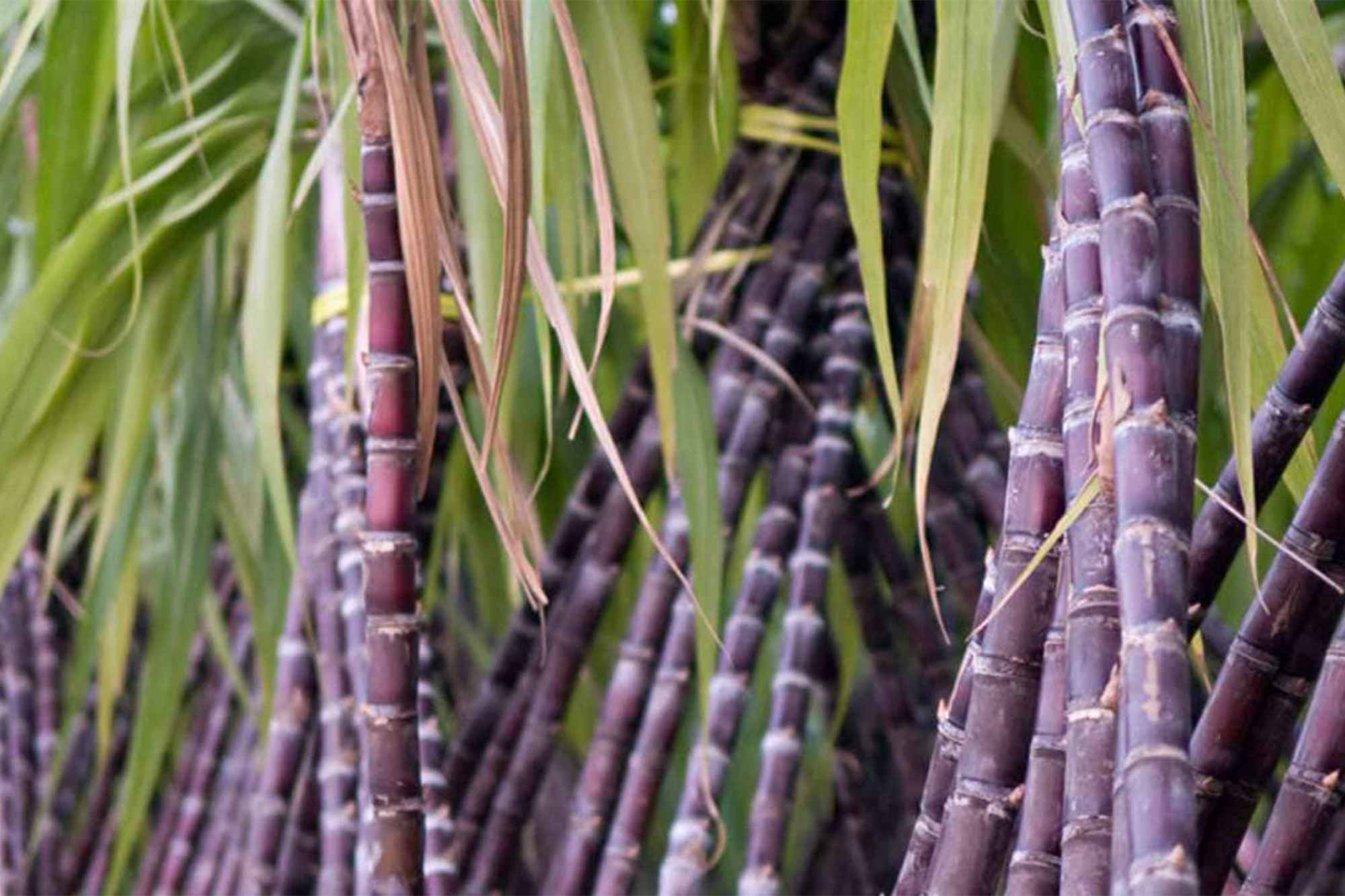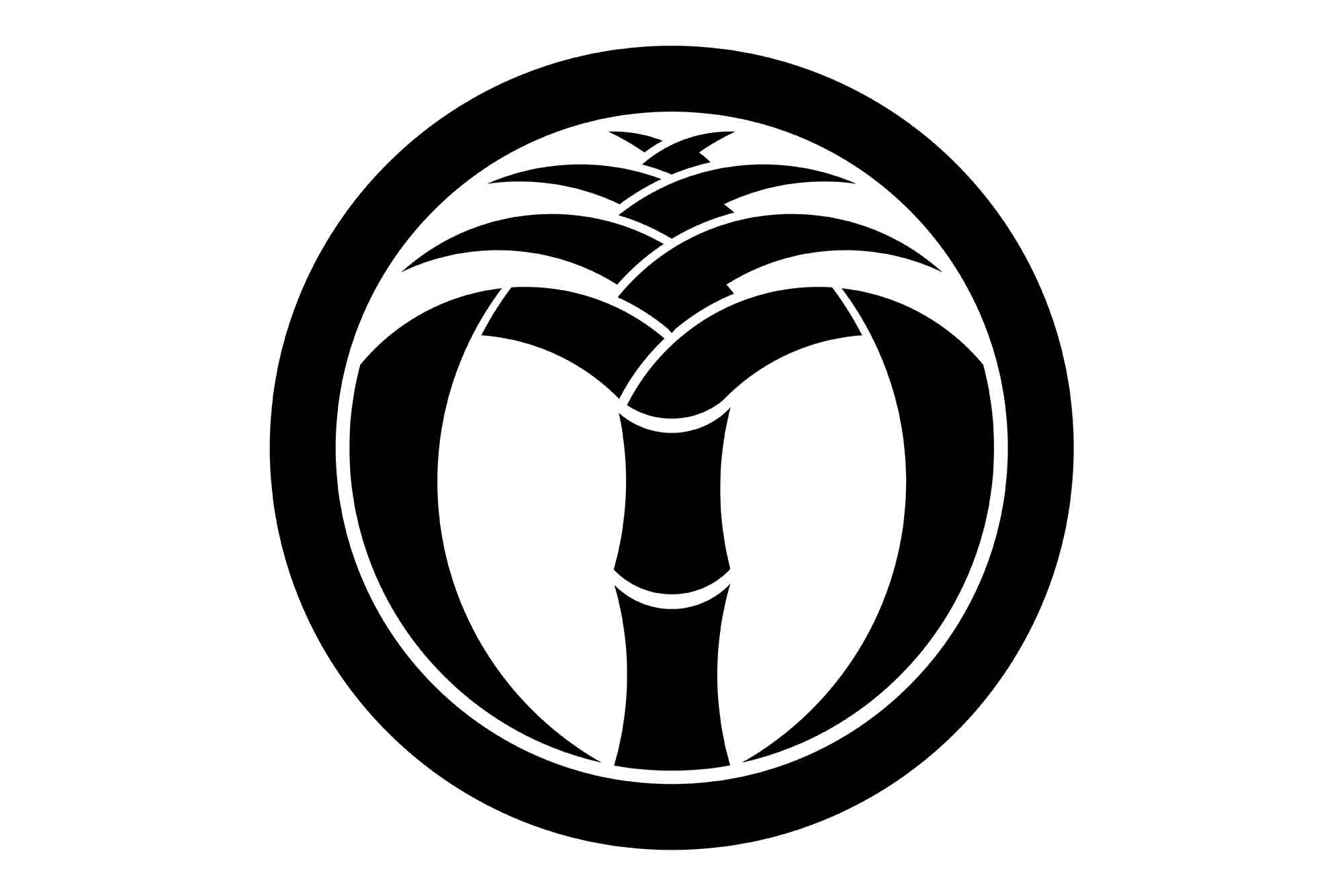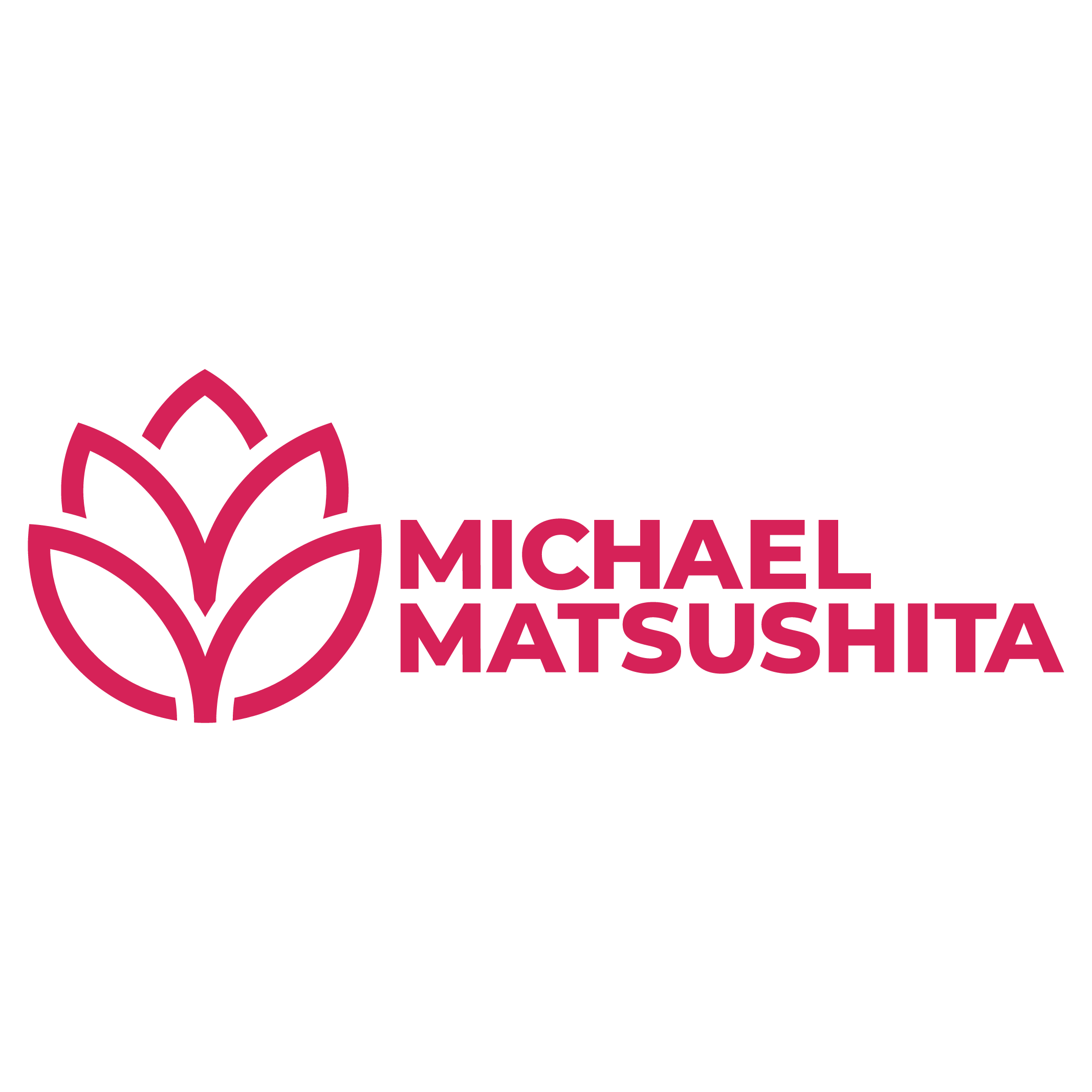
The best thing to come out of Japan aside from my ancestors, were Kamon or Japanese family crests. For as long as I can remember, I have had this deep interest in symbols that serve as a method of representation. I still keep some of my sketches from my childhood with symbols that I would use to represent myself for some time. Kamon is something that represents a family or organizations that stretches back centuries. Visually the crests are usually based on natural motifs such as plants and animals. What I find the most striking is how abstract and simplified they are. Complex appearances of flower and plants are simplified down to abstract symbols that ate utilized in the same manner that brand marks are across a wide range of mediums.
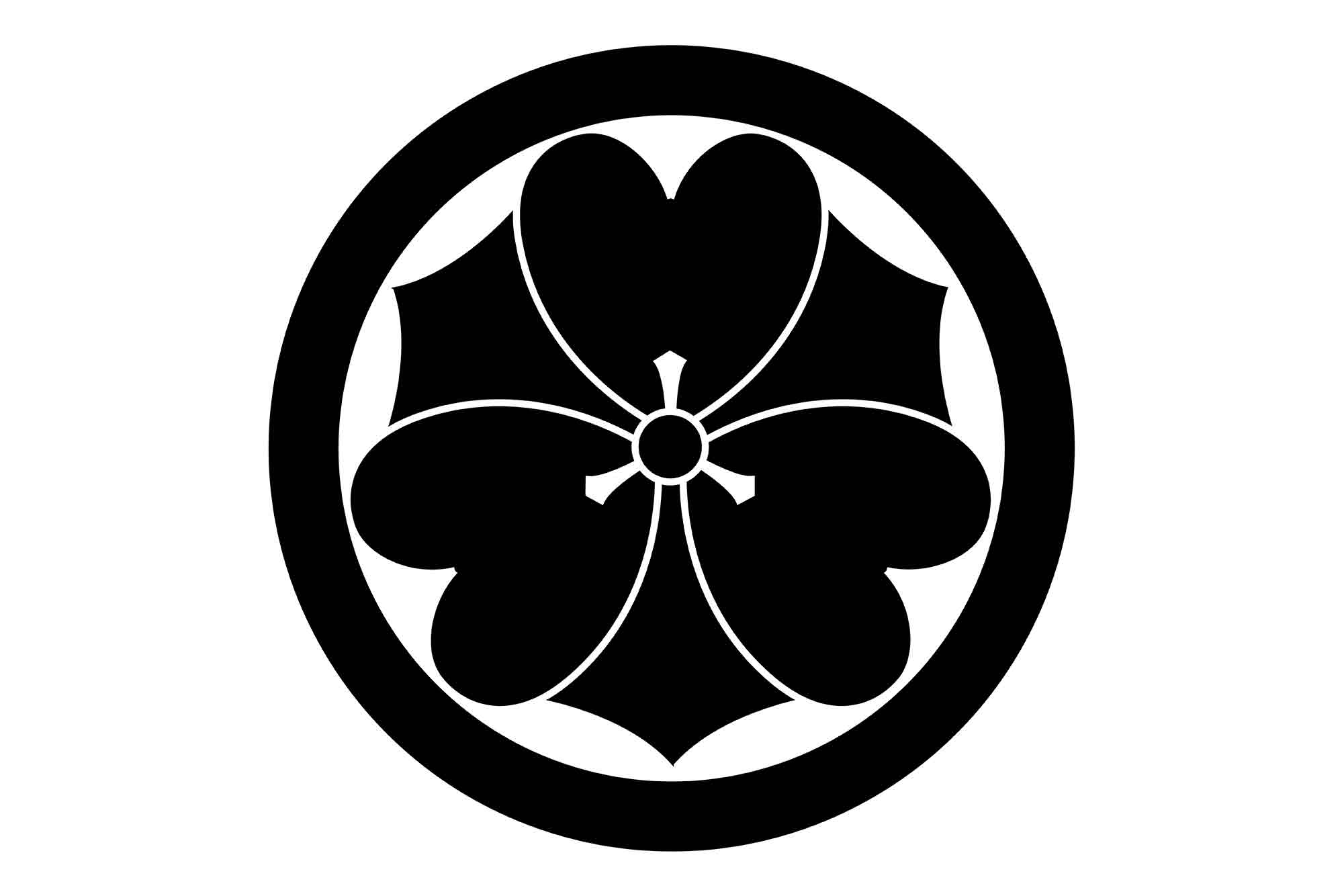
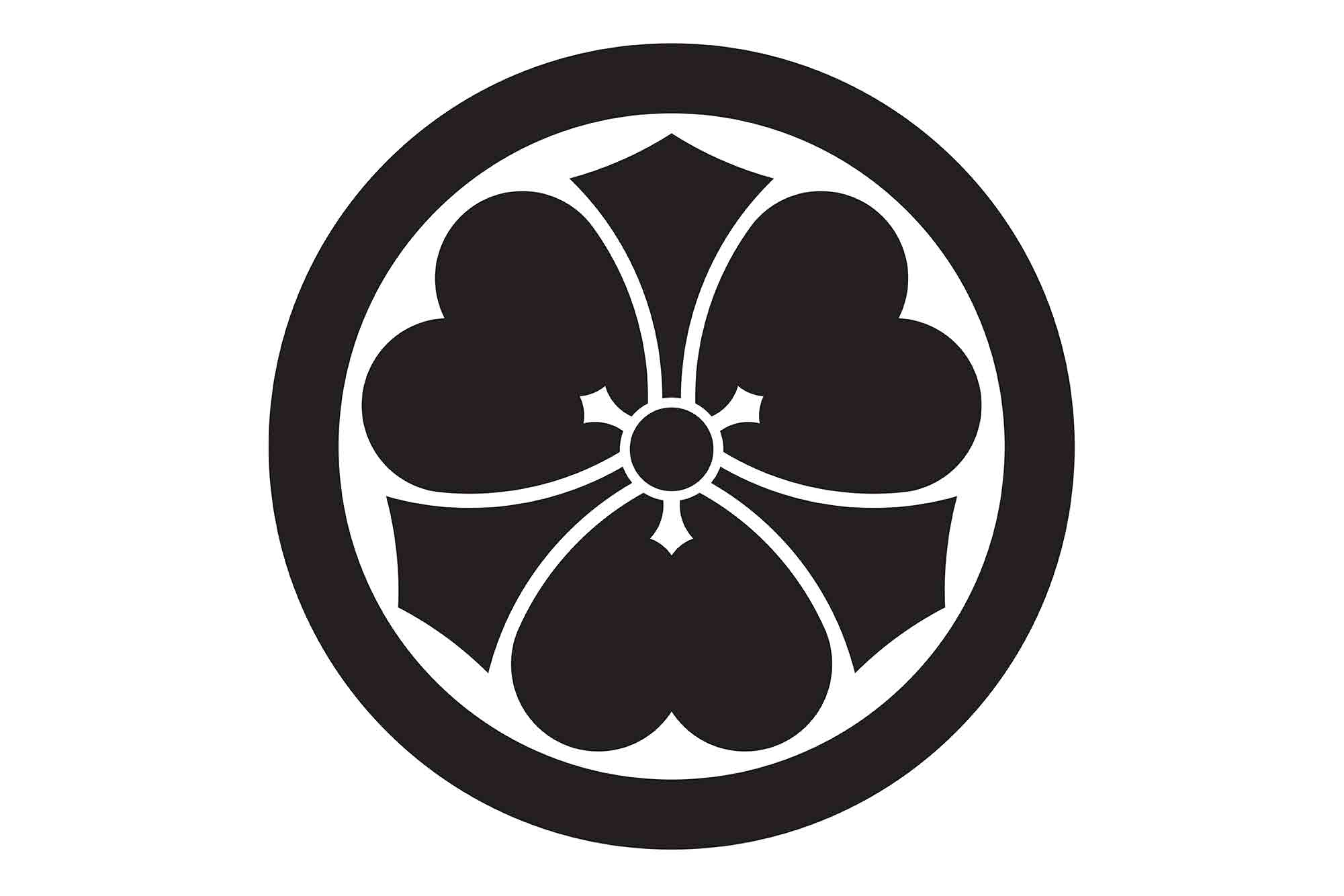
Matsushita Family Kamon
Despite my long time interest in my family’s crest, all I knew of it was the framed photo my grandparents had in their living room and some wood burning brands. In my 2017 2D studio class, I was given the opportunity to create digital art based off of natural motifs. I saw it as the chance to finally create a digital version of my family’s crest that I could use for myself. I was extremely bad at adobe illustrator at the time, it wasn’t until 2019 when I became proficient enough to make a mechanically perfect version of the crest I could be satisfied with.
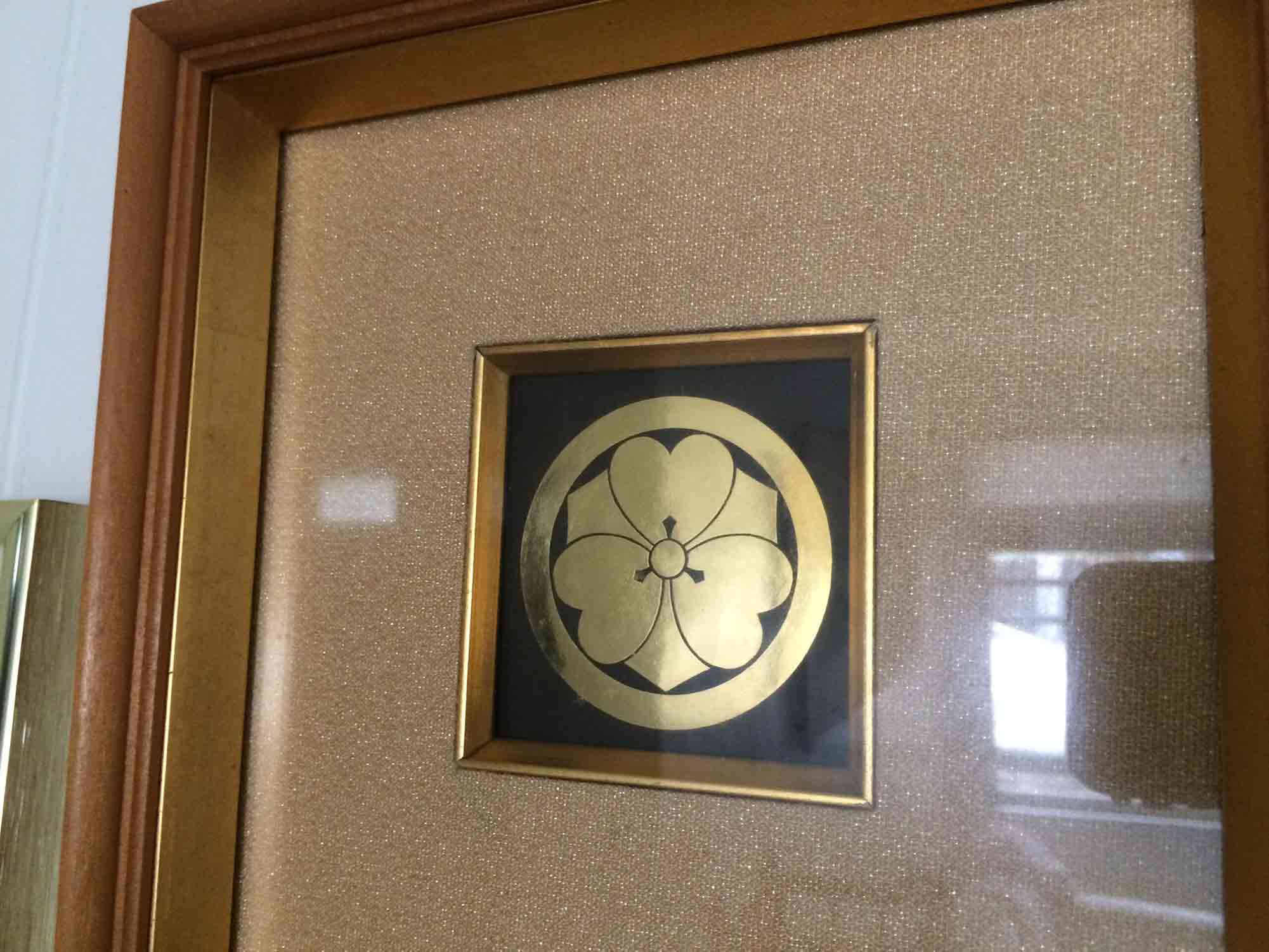
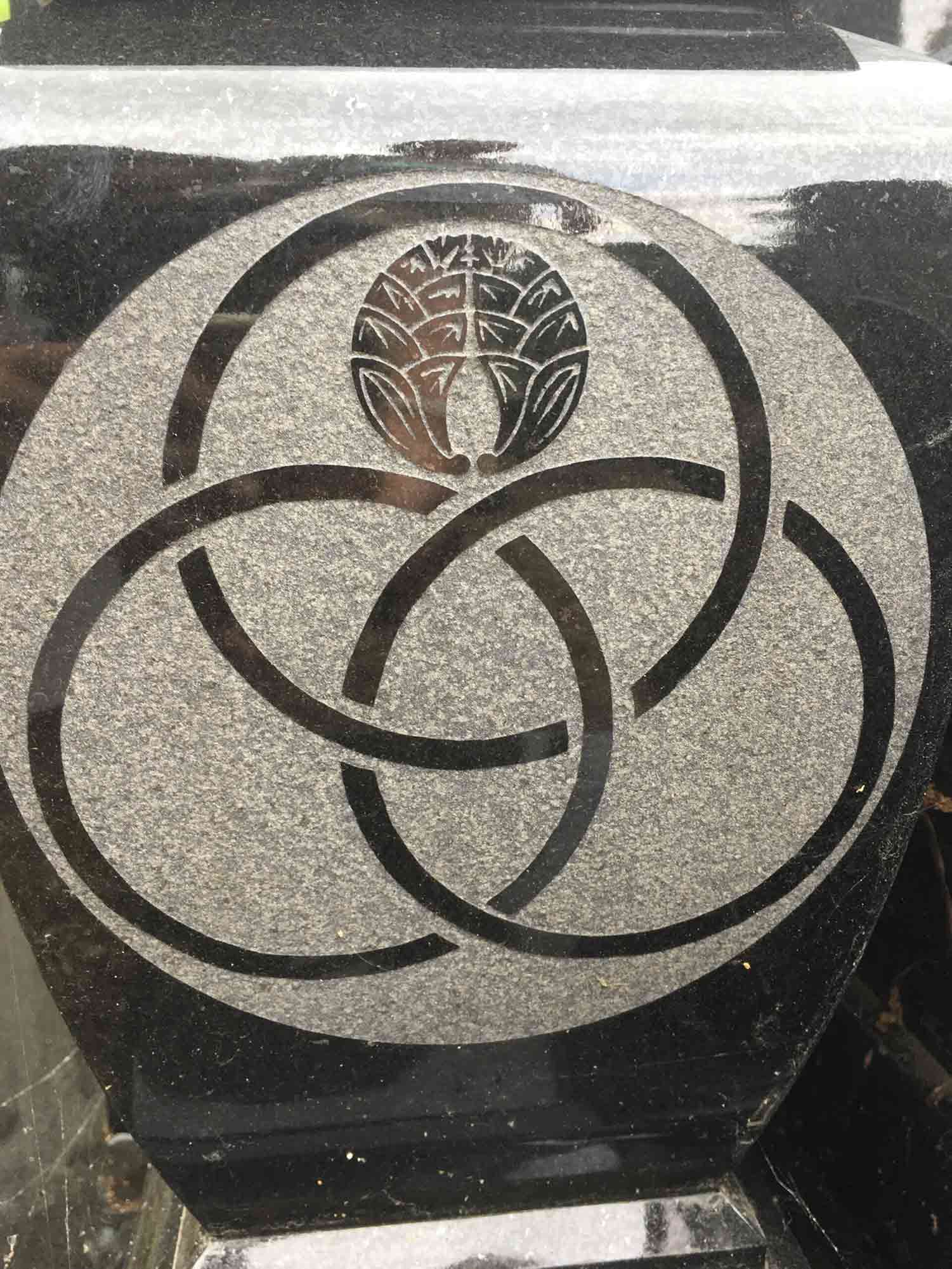
Lost Context
I’ve noticed that many Japanese families here in Hawaii either do not know if they have a Kamon or it has been lost to time. For many, World War II made many Japanese families in America destroy many articles of their own heritage and culture to avoid suspicion. If someone has a picture of their Kamon, I love to bring it into a digital format so they can resume using it as a representation of their families identity.
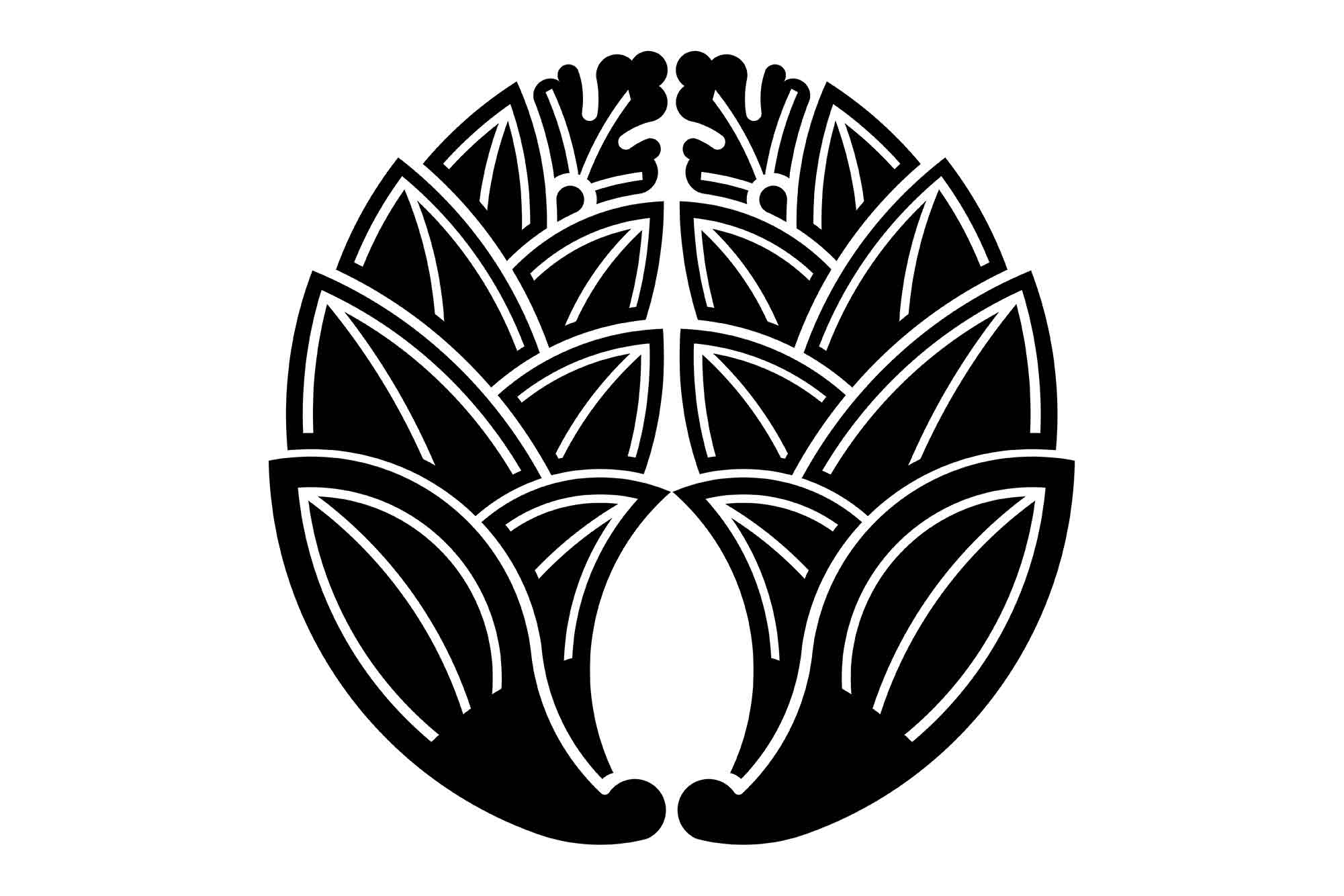
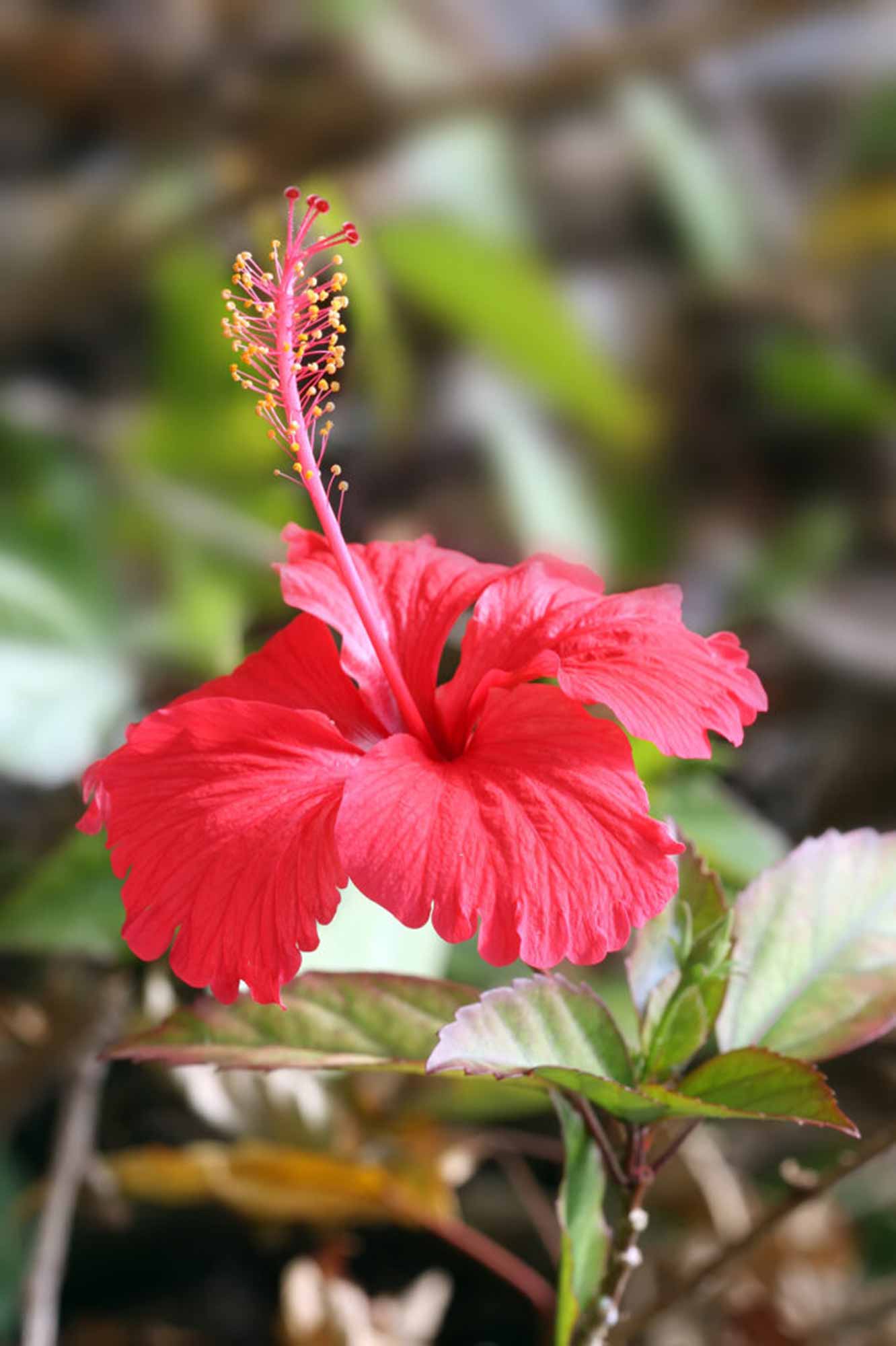
Traditional style with local influences
Following my efforts to convert the historical crests into digital versions for ease of use, I decided to try my hand at making original designs that make sense to my own life. Through my research I learned that the designs are always creates based on the origins context. Many ancient families chose auspicious animals, plants, and religious symbols. Animals and plants vary by region and certain crests can be traced back to certain areas of Japan. I am the fifth generation of my family here in Hawaii, I wanted to use local plants to create symbols of representation for the ethnically Japanese people born here in Hawaii.
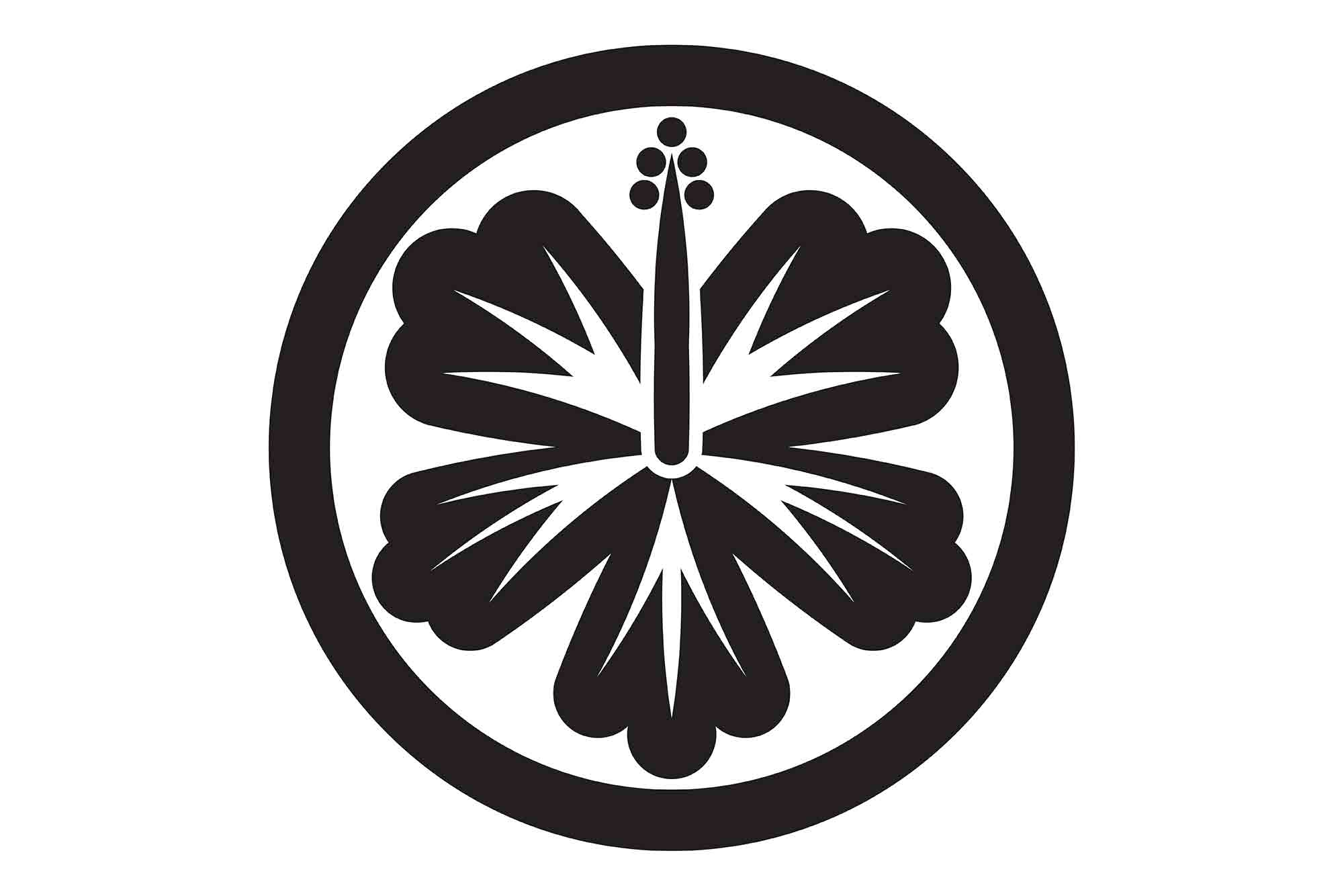
Naupaka
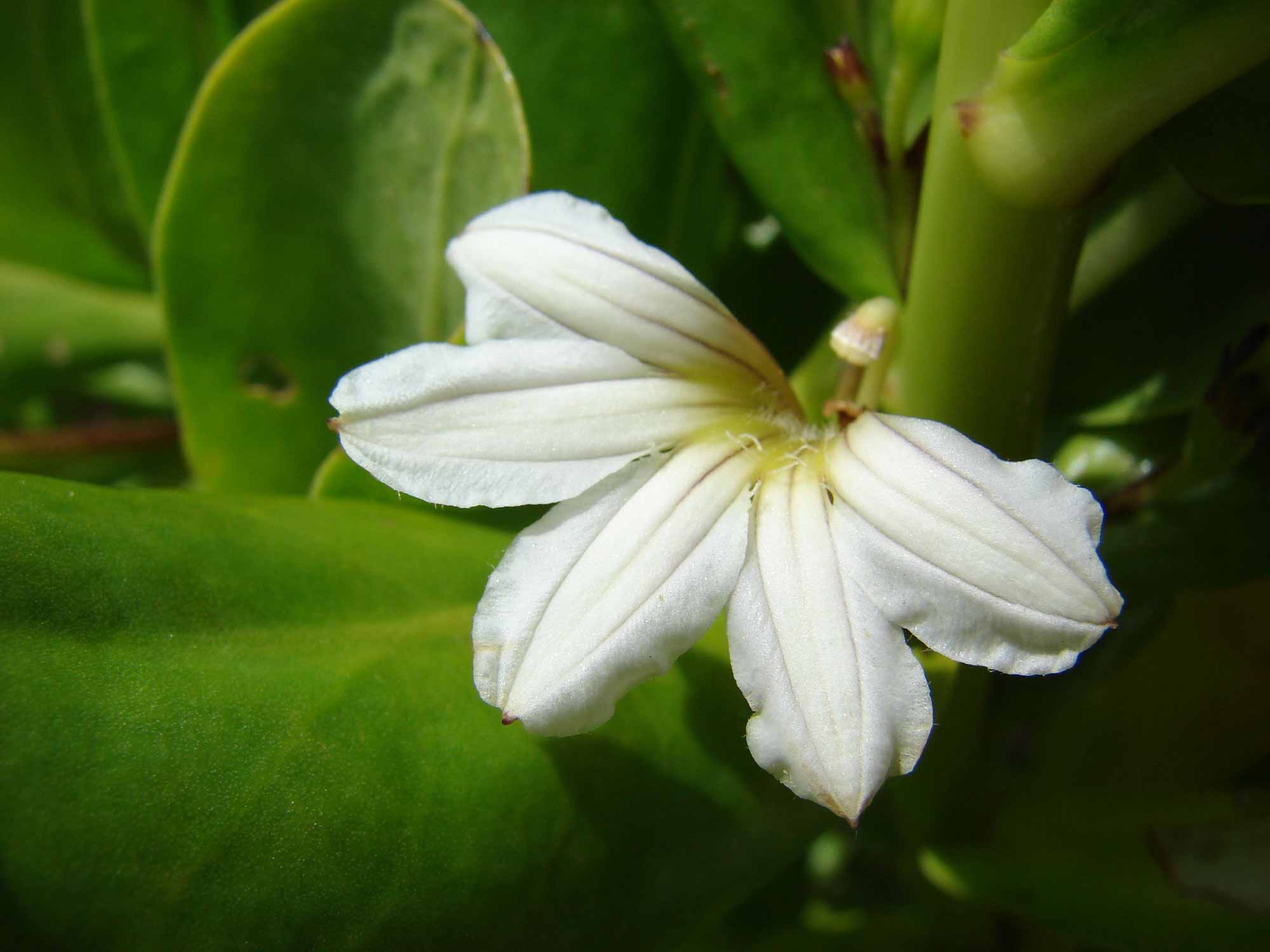
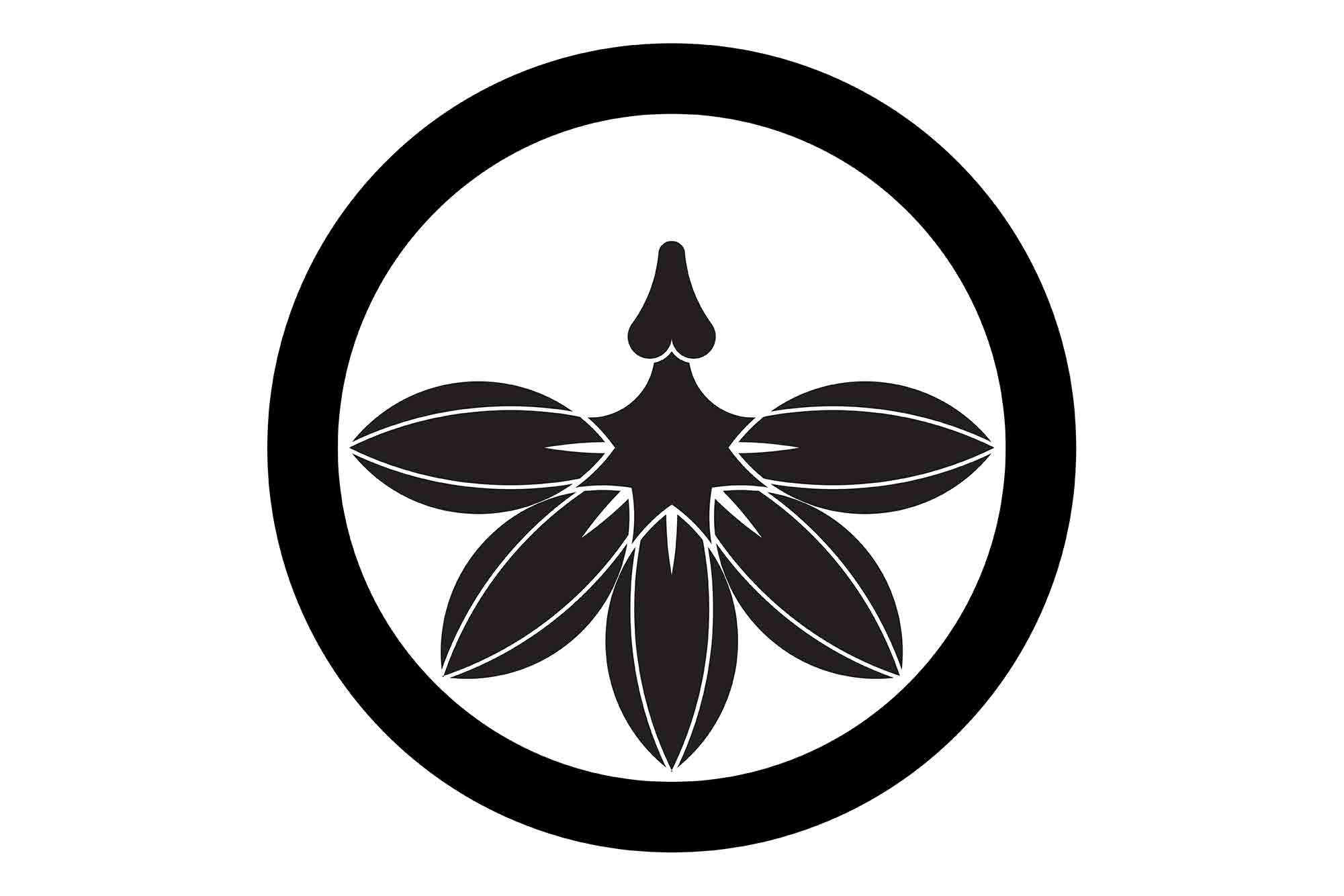
Sugar Cane
